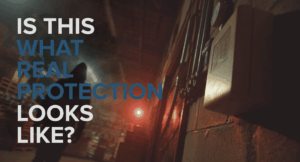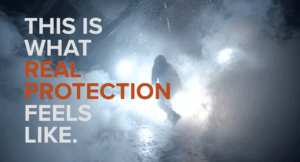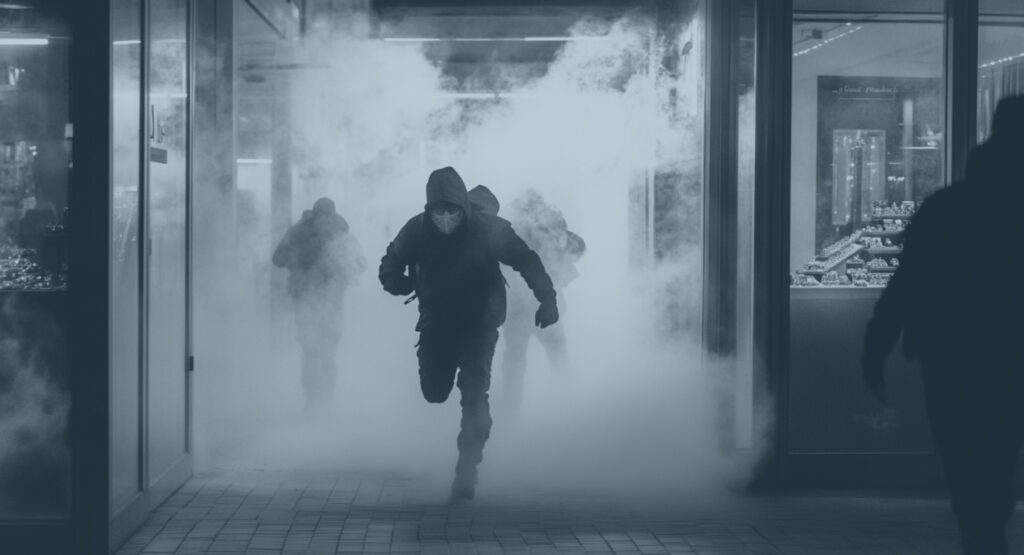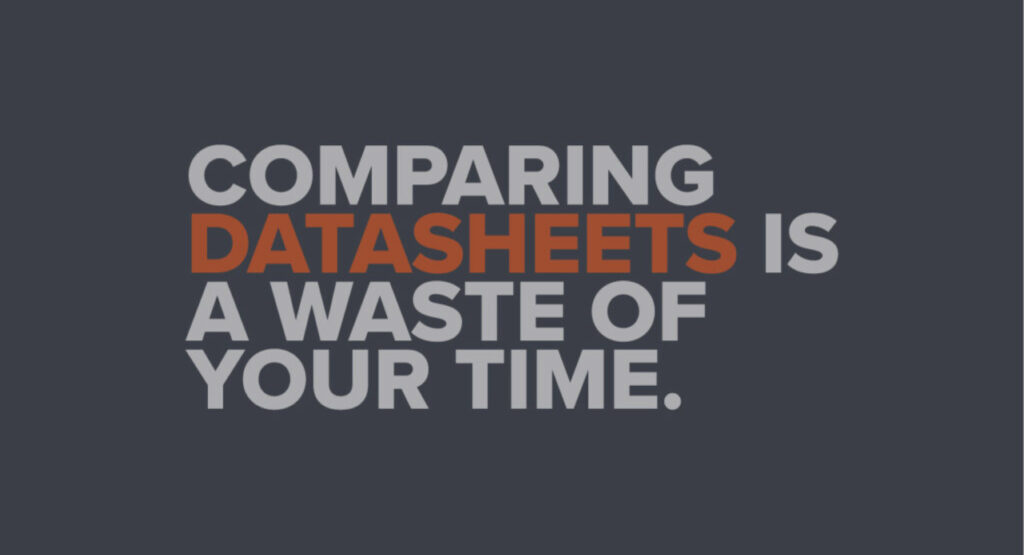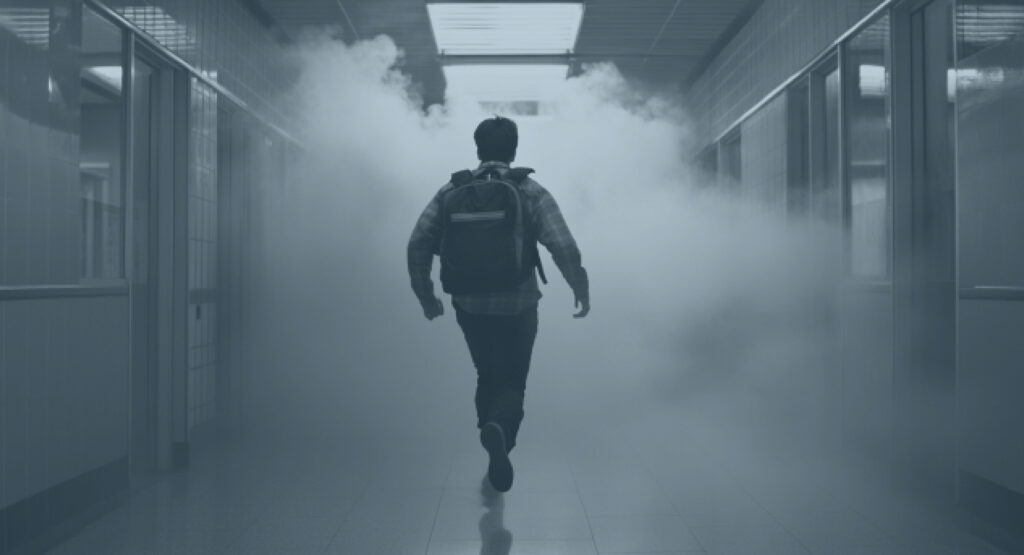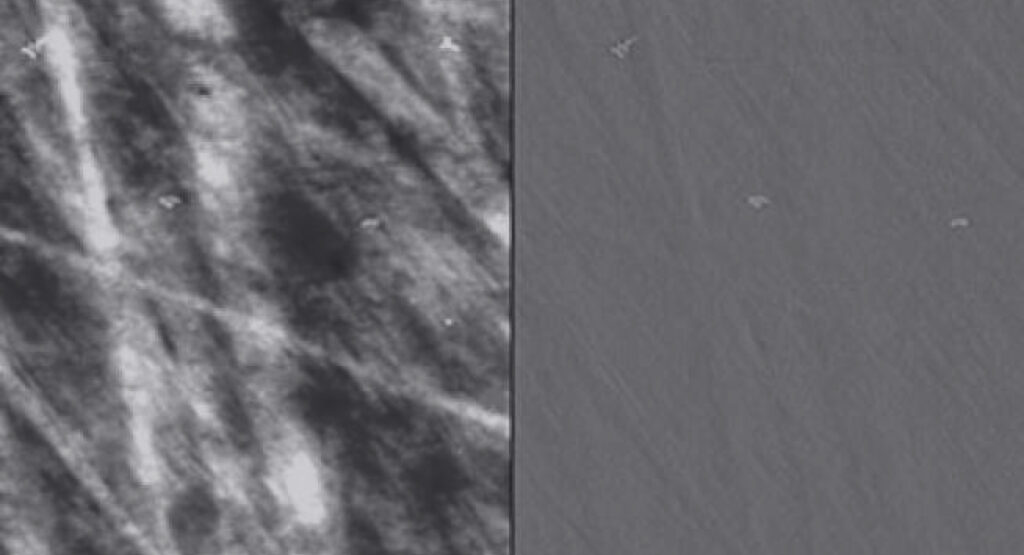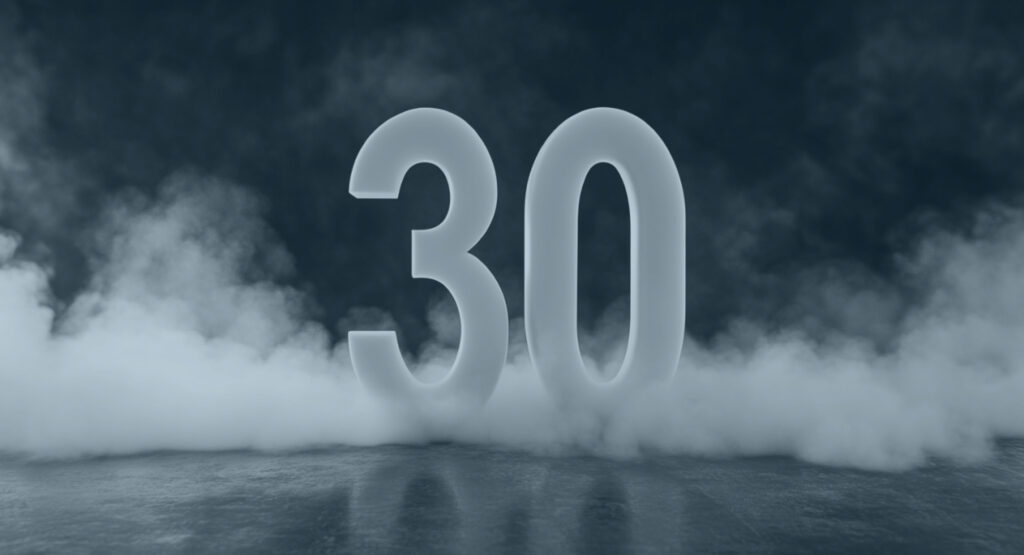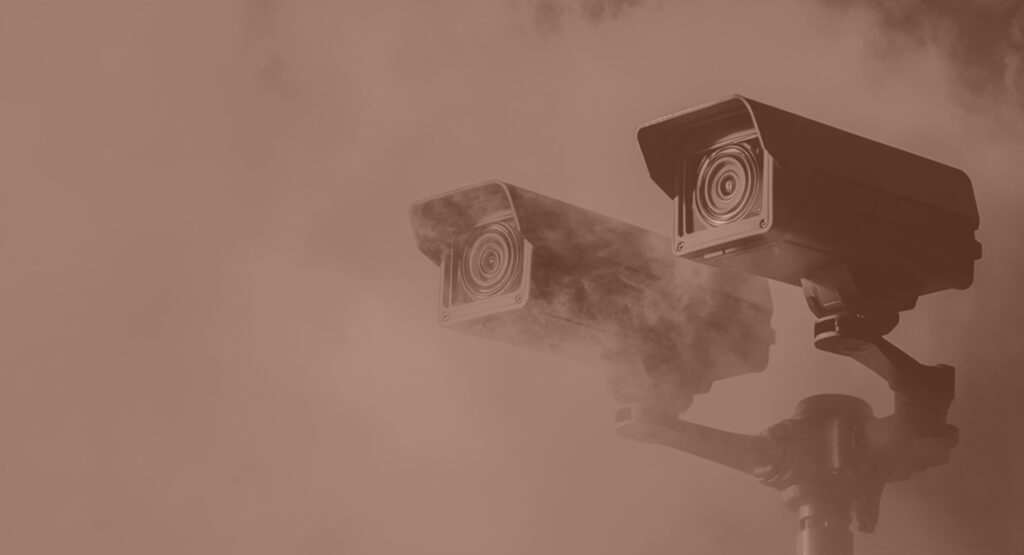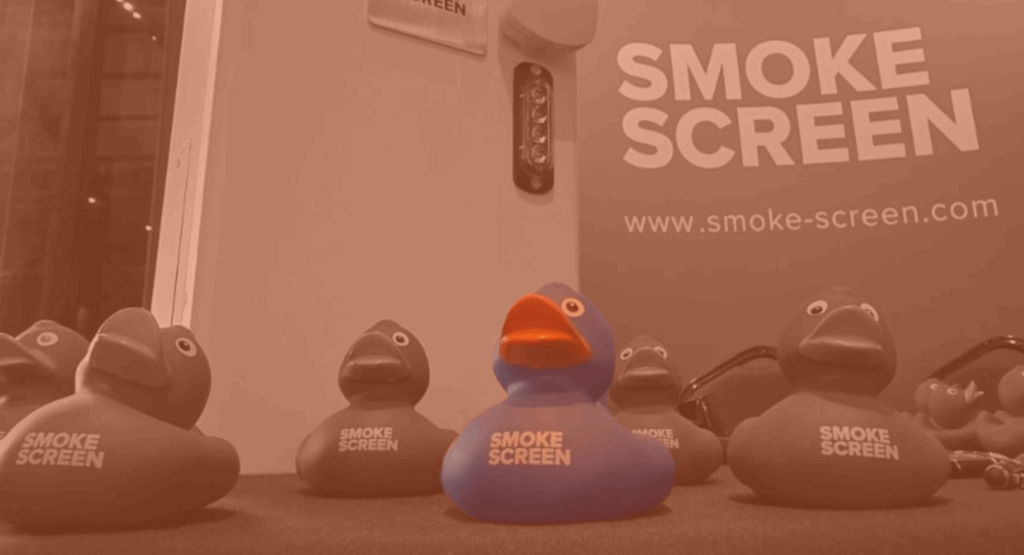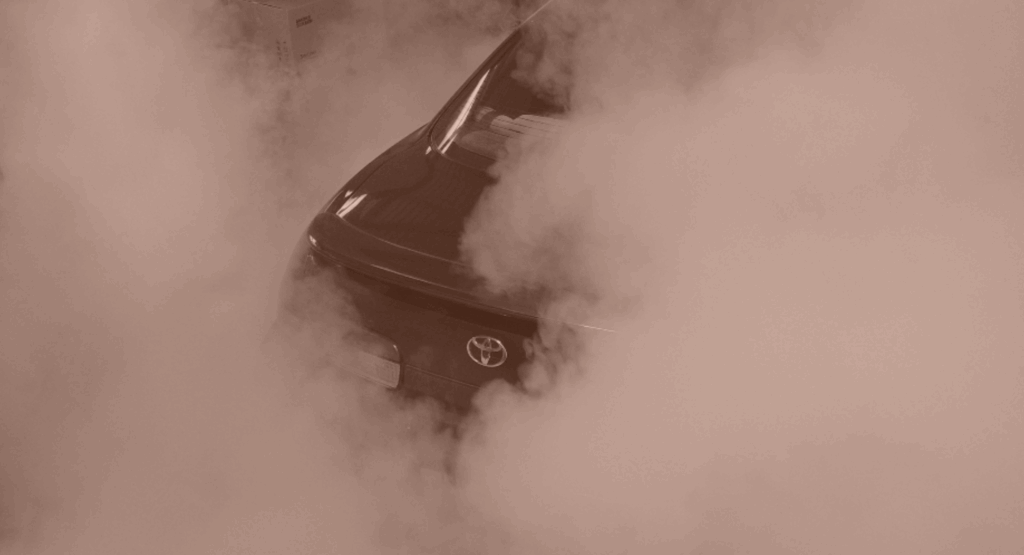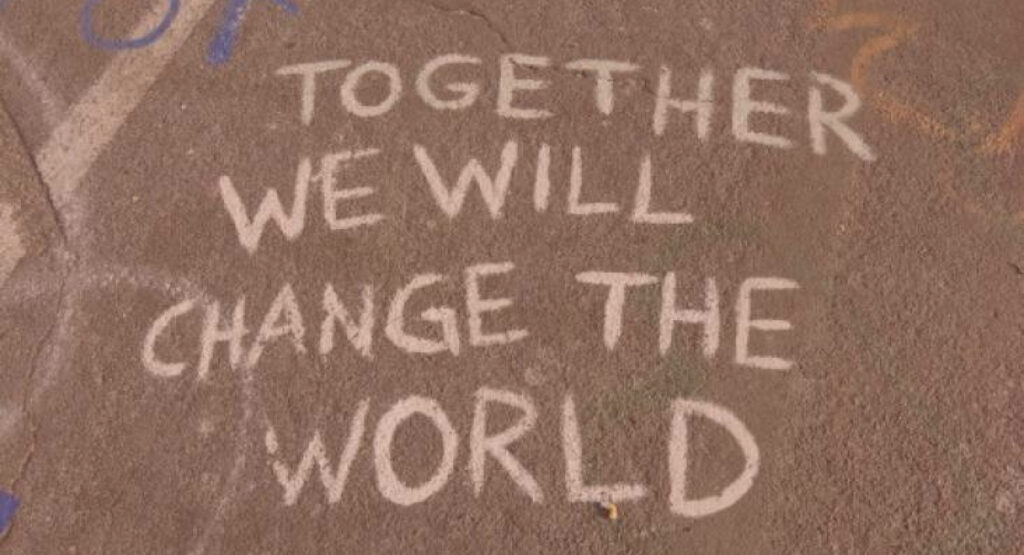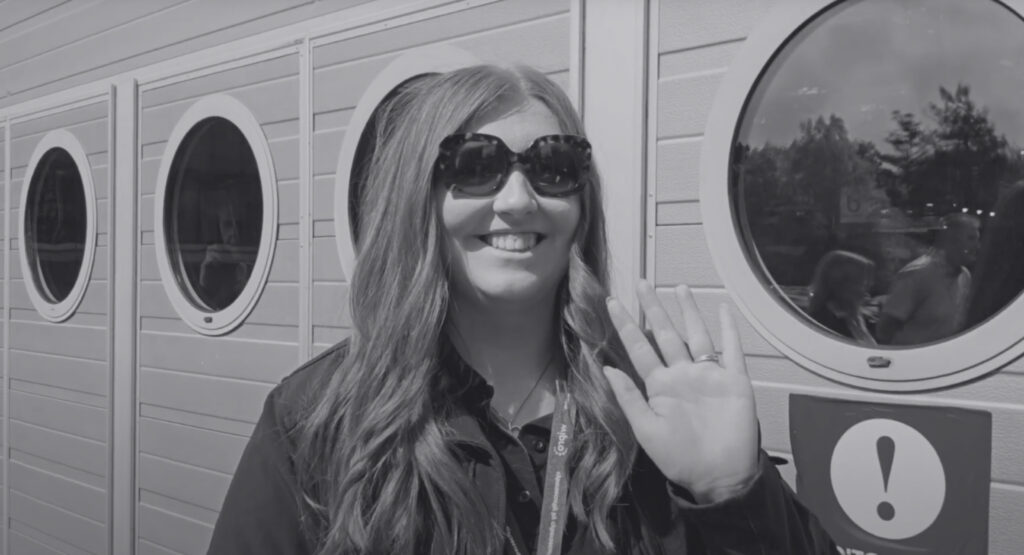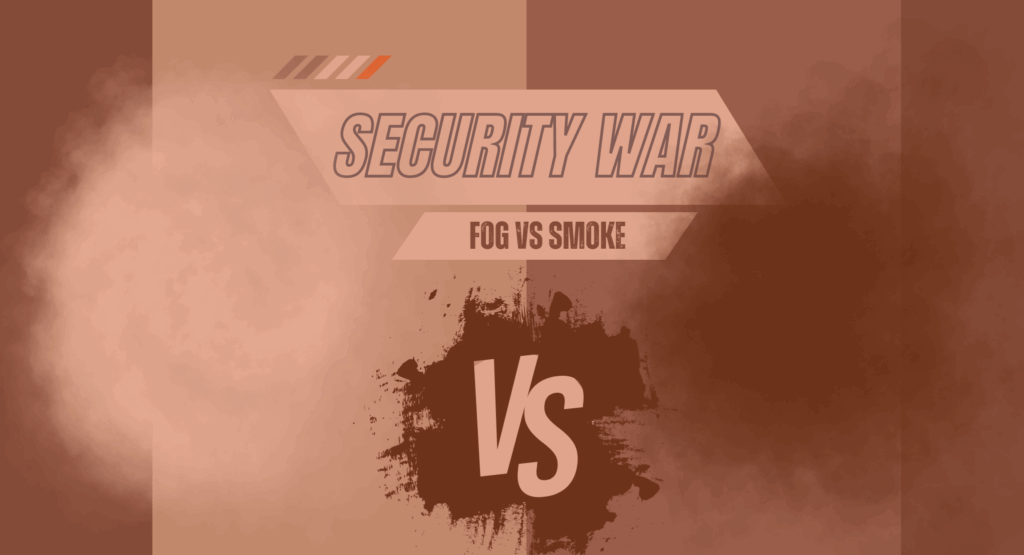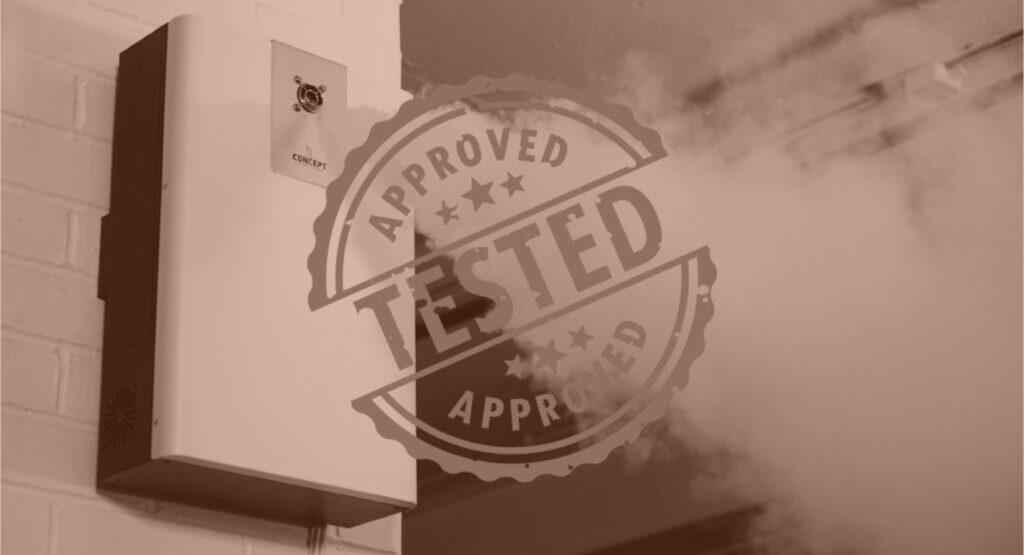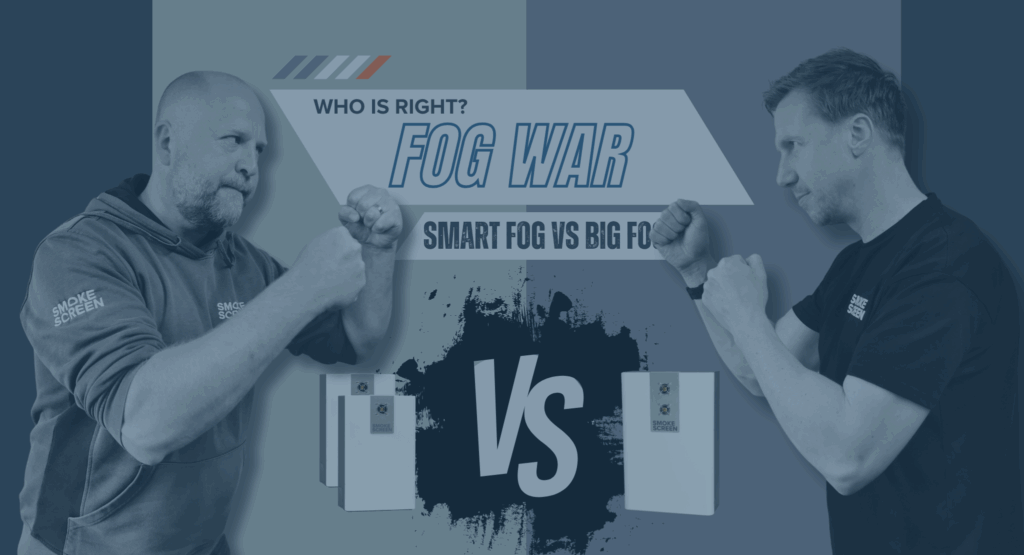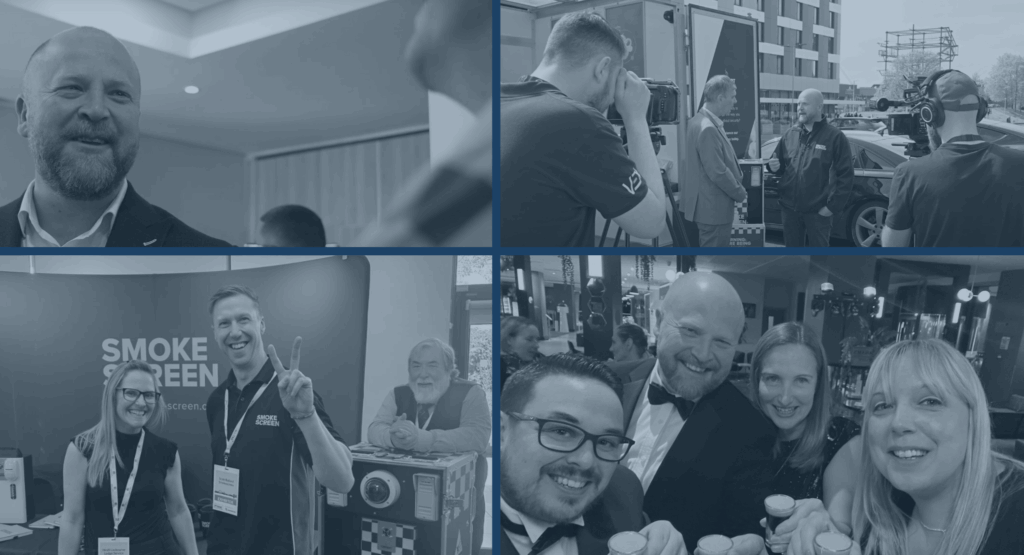You need something else, something more
Time and time again, I speak to retailers, installers, engineers, warehouse managers and just about everyone else in-between and I hear the same story;
“We had a break-in recently and now we’re looking at getting a fog machine.”
Okay, that’s great you are considering our (excellent) product, but why on earth did you wait until after you got robbed to think about fog?
Security isn’t usually first on a business’ list of priorities. First come essentials like; wages, staff, product availability, timescales, delivery, maintenance, development, administration, taxes. Often it feels like security is right around the same level as wondering why the sky is blue, or planning the next Christmas party.
So what we often see is a business doing the bare minimum; low cost, low maintenance, low resistance. In my mind, just enough to tick the box on the insurance policy document.
When you think security, what’s the first thing that pops into your head? 10 digit keypad, some crusty beige box in the back of a cupboard somewhere, and a few detectors that blink whenever anybody moves? That’s the standard for many, pretty useless when it comes to actually stopping a burglary. At best, there’s a lot of noise and (if the alarm is monitored) somebody is making a phone call to a key holder to tell them the alarm has gone off.
A typical burglary is over and done within 90 seconds. If your keyholder lives 15 minutes away (and its 3am) you can be confident they aren’t going to get there in time to stop anything from happening . Even if they did, procedure may well forbid them from intervening anyway. It’s 2025, keyholders aren’t allowed to tackle intruders to the ground.
Maybe you’re picturing sophisticated setup with 4K cameras, night-vision, all the bells and whistles. Great, now you’ve got footage of somebody stealing your stuff in HD. Bleak, isn’t it?
I will concede, an alarm can do one thing – alarm. It can shout and yell and scream at the top of its lungs that something is happening that shouldn’t be, but if the intruder doesn’t care, or nobody turns up, what is the point?
You need something else, something more. Security systems are adept at detecting intrusion, so why not use them to deploy defensive measures? I’m not talking about Indiana Jones-level traps or some military-grade turrets. I’m talking safe, clean, effective tools that we can use to scare off would be criminals before they do real damage.
Enter the hero of this story, Smoke Screen.
Security fog is dense, white and completely disorienting. It quickly fills the place, blinding (figuratively) the intruder and cutting them off from whatever they came to steal all while leaving the site totally untouched. No residue, food-safe, no smell and safe to breathe.
What more could you want?
How about a 125+ decibel blast from our Sound Barrier? If you can’t see anything, and now you can’t think because of the noise? If that was me, I’d be leaving.
Still not enough?
Let’s crank it up to 11. The Smoke Screen Xenon Flash strobe flashes 7 times per second, lighting up every single swirling particle of fog. It’s like getting trapped in a lightning storm inside a snow globe. Trust me, no intruder is going to want to stick around.
Okay, so maybe I lied. Security alarms aren’t “rubbish”, we’re just using them wrong. We need to stop thinking of alarms as a standalone system and start thinking holistically. Combing detection with defence means we can repel intruders and actually protect our spaces.
Forget about ‘intruder alarms’ – you need a Comprehensive Reactive Alarm Platform (C.R.A.P).


